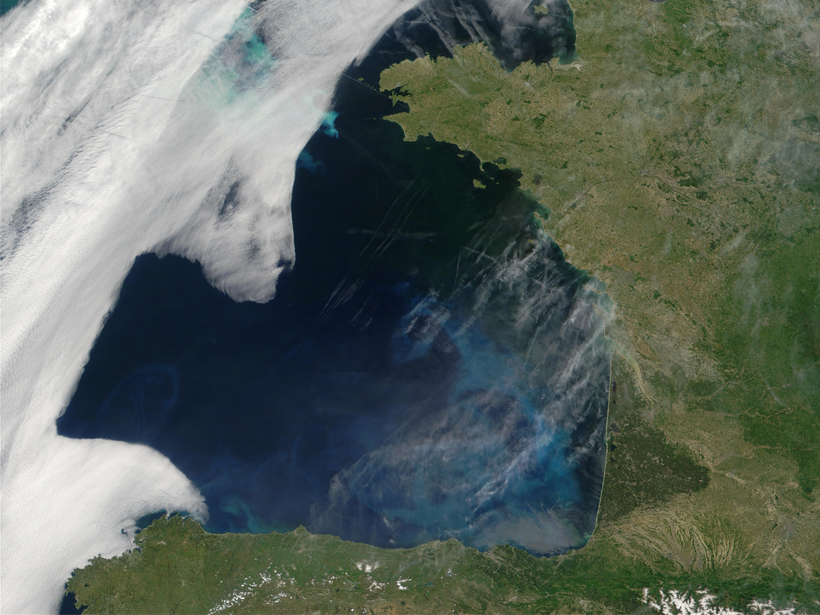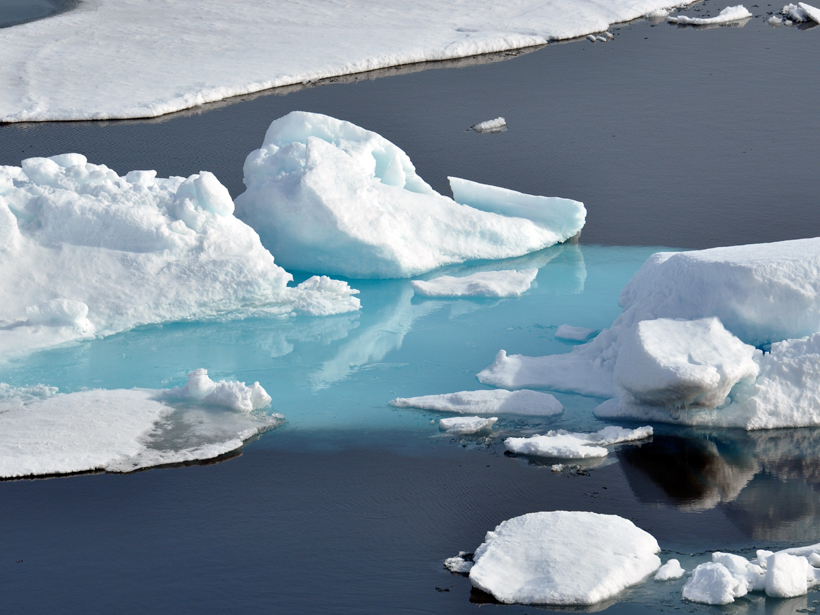An advanced, process-based model that incorporates typically neglected processes provides new insight into the complex dynamics controlling shallow landslide formation.
Modeling
Antarctic Meltwater Makes the Ocean Warmer and Fresher
Scientists model how Antarctic meltwater from specific locations could affect the Antarctic Bottom Water, ocean temperatures, and salinity.
How Climate Change Impacts Clouds' Ability to Cool Earth
Understanding the small-scale processes underlying mixed-phase clouds' response to climate change will help scientists strengthen climate models.
Climate Models Predict Diverse Arctic Ocean Shipping Routes
As ice melts, multiple models yield more detailed route predictions than any single model alone.
What Triggers Intraseasonal Oscillations in the Indian Ocean?
A new modeling study suggests that the triggering of the Madden-Julian Oscillation is dominated by interactions with preceding events.
Simulating Tidal Flow and Mixing at Steep Submarine Slopes
A new three-dimensional model of tide-driven flow over the continental slope could enhance understanding of global ocean circulation.
The North American Monsoon: Models Versus Observations
Third Annual Regional Climatology and Meteorology Meeting for Northwest Mexico; Mexico City, Mexico, 4–5 June 2015
Arctic Tides Drive Water Mixing and Sea Ice Loss
Researchers model ice-ocean interaction to study how tides can influence Arctic Ocean circulation and sea ice volume.
New Step Toward Finding Earth 2.0
Researchers unveil a way to tease out the wobble of a star caused by unseen planets despite the confounding effects of star spots, which are the sunspots of distant stars.
Visualizing the Climate's Future
Climate Inspector: A new Web-based approach to exploring global climate change across space and time.






